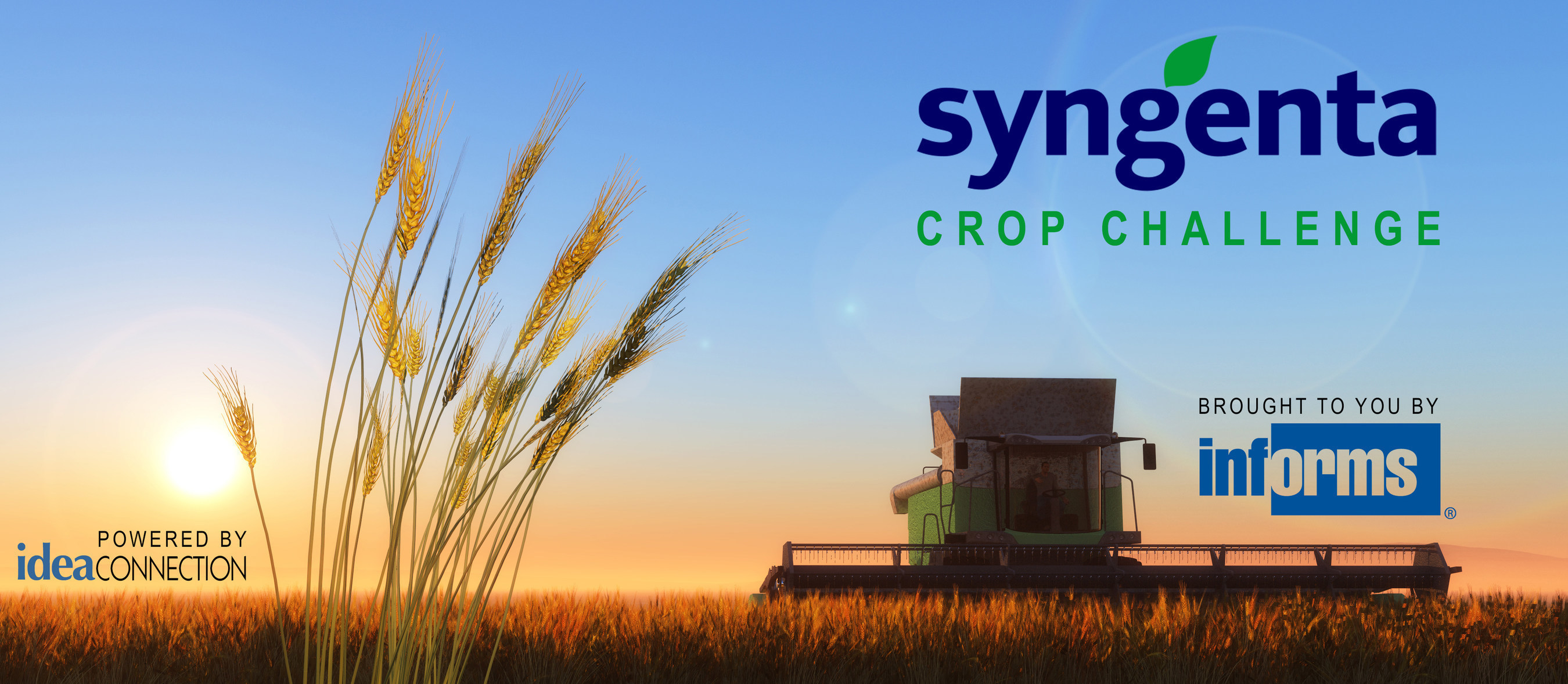
25 Mar Syngenta Crop Challenge in Analytics 2019
Gordan Mimić
Research Associate, BioSense Institute
Climate changes are observable all over the world in 21st century. The rise of global air temperature results in increasingly chaotic dynamics of the atmosphere. The weather patterns are changing, while extreme weather events are becoming more frequent and more intense. Floods, droughts, heat waves and late spring frosts are causing serious problems in agriculture.
Maize is one of the world’s most important crops. Each year, breeders work to create maize hybrids that can maintain high yield across a wide range of environments. Historically, identifying the best hybrids has been by trial and error. This process can take many years. It is necessary to develop method that cuts down time for breeding.
Syngenta is the leading agricultural company that’s helping to sustainably improve global food security for a growing population. At the heart of their business is innovation. Every year since 2016, Syngenta is organizing crop challenges in analytics, providing a dataset with a specific research question. The winner is awarded with a $5,000 prize. This year’s challenge is tackling the following problem: Can environmental data be aggregated into useful metrics representing stress encountered by maize throughout a growing season? Can these metrics be used to discriminate between hybrids that are tolerant or susceptible to the stress they represent? A team of researchers from BioSense Institute has participated in this challenge by presenting their solution.

The dataset consisted of the maize yield values for different hybrids, grown across various environments. Each environment was represented with the location (latitude and longitude) and the year, including corresponding soil data and daily weather data. Additional information, such as planting/harvesting date and irrigation were also provided. Based on the values of maximum and minimum temperature, precipitation and vapor pressure in several developmental stages throughout a growing season (Figure 1), researchers designed features indicating drought and heat stress for the specific environment. Further, they developed a model to determine how much the yield is impacted by factors in the given environment, estimating the contribution of each stress metric to the decrease in yield. These stresses are not the only factors affecting yield, but typically, the higher the stress, the lower the yield would be. Finally, researchers examined yield stability of each hybrid throughout all the environments it was grown in (with different levels of stress), selecting the most stress tolerant hybrids. If the hybrid has low yield performance in stress conditions while high yields in optimal conditions, it means that it is not tolerant to certain kind of stress (drought or heat stress; Figure 2, left). If the hybrid has stabile and uniform yield across all the environments, including ones with the stress conditions, then it is tolerant and potentially adaptable to climate change (Figure 2, right). That hybrid can and should be used for further breeding.

Now, it is up to judges to select the best solution.





















